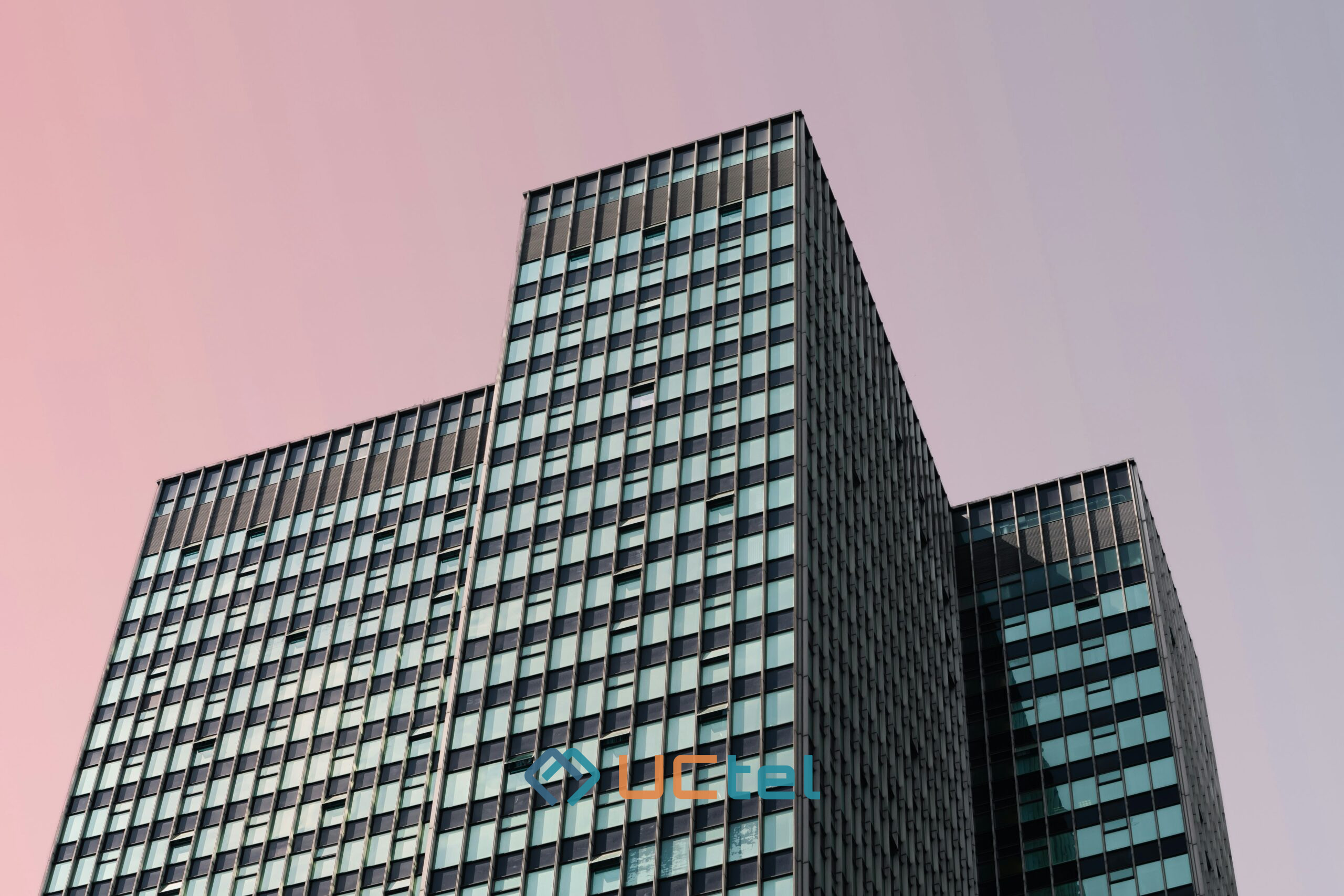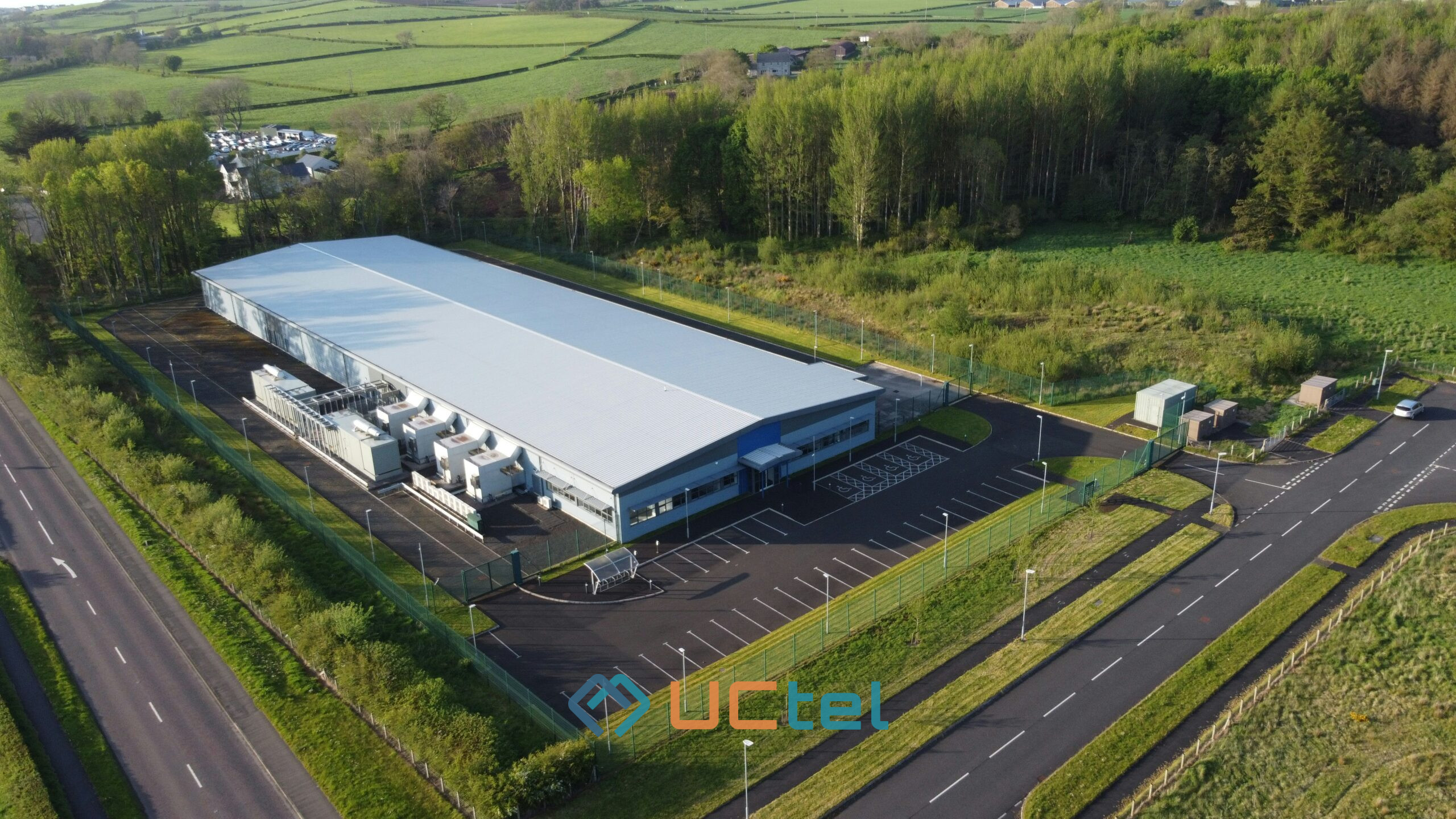How to Fix Poor Mobile Signal in a Corporate Office – Technical and Business Guide

Table of contents
- 1. Follow-up questions
- 2. Why mobile signal strength matters for modern offices
- 3. How to measure ROI: key metrics & methodology
- 4. Quantifying productivity gains and cost savings
- 5. Case studies: finance, healthcare, agriculture & remote-hybrid work
- 6. Boosters vs alternatives: cost-benefit comparison
- 7. Survey insights: employee experience and retention
- 8. Long-term ROI: TCO & benefit projection over 3–5 years
- 9. Frequently asked questions
- 10. Conclusion / TL;DR
Updated July 202
Strong mobile signal in offices significantly reduces dropped calls, accelerates data access, and improves productivity. Over time, investing in a compliant signal booster system can yield measurable cost savings, higher employee satisfaction, and improved client communication compared to relying on patchwork alternatives.
Follow-up questions
Why does mobile signal strength matter so much in offices?
- Reliable signal is essential for uninterrupted communication. Without it, businesses face dropped calls, slow data, and disrupted workflows, particularly in hybrid work environments.
How can businesses measure the ROI of better mobile coverage?
- Track call success rates, time saved, and IT support reductions, then compare these gains against salary costs and system expenses to determine ROI.
What are typical productivity and cost savings from improved signal?
- Studies show businesses can recover 30–60 minutes per employee per week, leading to thousands of pounds saved annually in regained productivity.
Are there examples of ROI in different industries?
- Yes—finance, healthcare, and agriculture all report strong returns from improved coverage, with measurable outcomes in each sector.
How do boosters compare with alternatives like Wi‑Fi calling?
- Signal boosters deliver multi-operator, building-wide coverage. Wi‑Fi calling and femtocells are limited in reliability and scale.
What impact does better signal have on employee experience?
- Surveys show that strong signal quality improves job satisfaction, reduces frustration, and helps retain key staff, especially in client-facing roles.
What is the long-term return on investment?
- Over 3–5 years, ROI can exceed 200–500%, factoring in fewer support calls, higher productivity, and improved communication flow.
Why mobile signal strength matters for modern offices
Modern workplaces depend on mobile networks for collaboration, client communication, and access to cloud systems. But poor signal—common in buildings with dense materials or high user density—causes daily disruptions.
According to UK surveys, 70% of employees experience indoor signal issues at least once a week. In sectors like finance and healthcare, this can translate to lost deals or delayed care.
Installing an enterprise-grade booster system—such as Cel-Fi Quatra with distributed antennas—ensures consistent, Ofcom-compliant coverage for all operators across the office.
How to measure ROI: key metrics & methodology
Key metrics include:
- Dropped call reduction
- Time saved per employee per week
- Fewer IT support tickets
- Faster transaction completion
Example:
Saving 10 minutes/day = 40+ hours/year per person
→ At £18/hour, that’s £720 saved annually per employee
Steps to calculate ROI:
- Identify current losses
- Forecast post-installation improvements
- Subtract total cost of ownership
- Express gains as ROI percentage
UCTel’s site audits provide the baseline and after-deployment metrics to support ROI tracking.
Quantifying productivity gains and cost savings
A 2024 survey found 45% of UK firms lose over 30 minutes/week per employee to poor signal—equating to £702 yearly per staff member.
Additional gains:
- More completed calls and fewer missed connections
- Lower IT workload
- Smoother cloud access and app usage
Example: A 100-person office could save over £70,000/year, often repaying the system in under 12 months.
Case studies: finance, healthcare, agriculture & remote-hybrid work
Finance
A London firm using Cel-Fi Quatra saw a 40% drop in failed calls and +18% client satisfaction.
Healthcare
An NHS Trust reported a 25% cut in communication delays after installing a multi-operator system.
Agriculture
A remote operation gained stable signal for equipment tracking and team coordination.
Remote/hybrid
Staff in shared offices or flexible workspaces experienced fewer delays and better real-time collaboration.
Boosters vs alternatives: cost-benefit comparison
| Solution | Pros | Cons |
|---|---|---|
| Signal boosters | Multi-operator, scalable, Ofcom-compliant | Initial cost, needs planning |
| Wi‑Fi calling | Uses existing Wi‑Fi, fast to implement | Depends on Wi‑Fi stability |
| Femtocells | Operator-backed, good for small teams | Single-operator, hard to scale |
| Full DAS | Very high capacity | Expensive, complex to install |
Booster systems offer the best balance of cost, scale, and reliability for most UK office environments.
Survey insights: employee experience and retention
A 2023 UK survey revealed that 62% of employees feel signal quality directly impacts their job satisfaction.
Frequent coverage issues can drive disengagement and attrition.
Better signal supports:
- Fewer missed calls
- Faster client response
- More reliable work apps
Especially in sales and service teams, these changes boost both morale and performance.
Long-term ROI: TCO & benefit projection over 3–5 years
Example ROI scenario:
- Investment: £35,000
- Annual savings: £70,000+
- ROI: 200–500% over 3–5 years
Key drivers:
- Ongoing time savings
- Lower support costs
- Better client outcomes
- Future-ready infrastructure
With regular audits and software updates, systems remain compliant and efficient long term.
Struggling with poor mobile coverage in your office?
UCTel designs Ofcom-compliant, multi-operator signal booster systems tailored to UK commercial spaces.
Book a free signal audit and consultation to unlock ROI from day one.
Frequently asked questions
Why does mobile signal strength impact office productivity?
- Because without it, calls drop, apps stall, and collaboration suffers—hurting output across teams.
How is ROI measured for boosters?
- By comparing time and cost savings post-installation against setup and maintenance costs.
What gains are typical?
- Most companies save 30–60 minutes per week per employee, reclaiming £700+ annually per person.
Are boosters better than Wi‑Fi or DAS?
- Yes—for most mid-sized buildings, boosters are more cost-effective and simpler to install than DAS, and more reliable than Wi‑Fi.
Who benefits the most?
- Finance
- Healthcare
- Agriculture
- Remote and hybrid setups
What’s the expected ROI period?
- Typically 3–5 years, often sooner depending on staff size and building layout.
How important is Ofcom compliance?
- It’s essential—non-compliant systems can be fined or removed.
Who should manage installation?
- Certified professionals like UCTel ensure the system meets all UK regulations and works across networks.
Conclusion / TL;DR
- Poor signal costs time and money
- Booster systems reclaim £700+ per employee annually
- Multi-operator coverage beats Wi‑Fi and femtocells
- 3–5 year ROI typically reaches 2–5× the investment
- Long-term value improves operations and employee satisfaction





